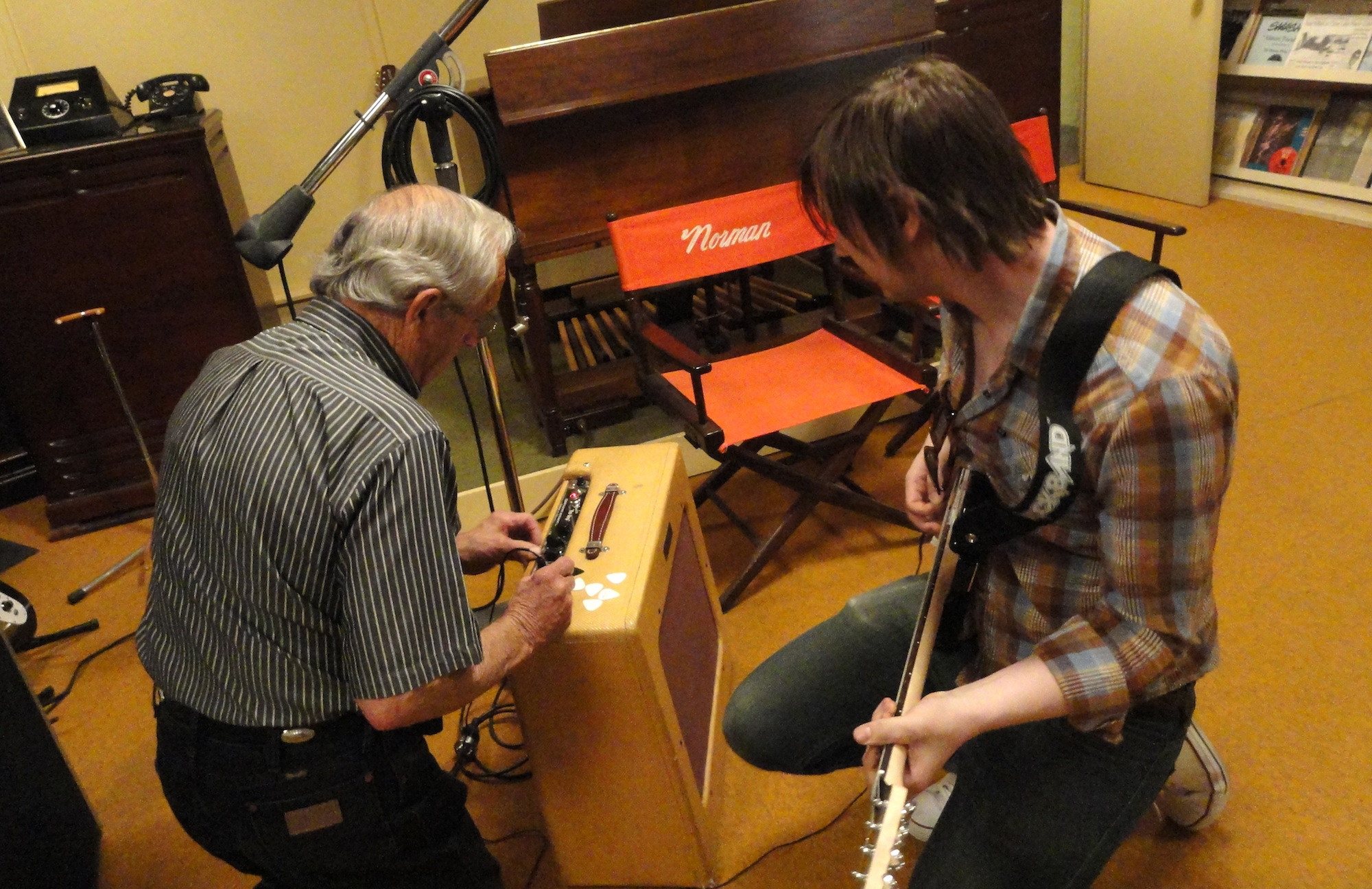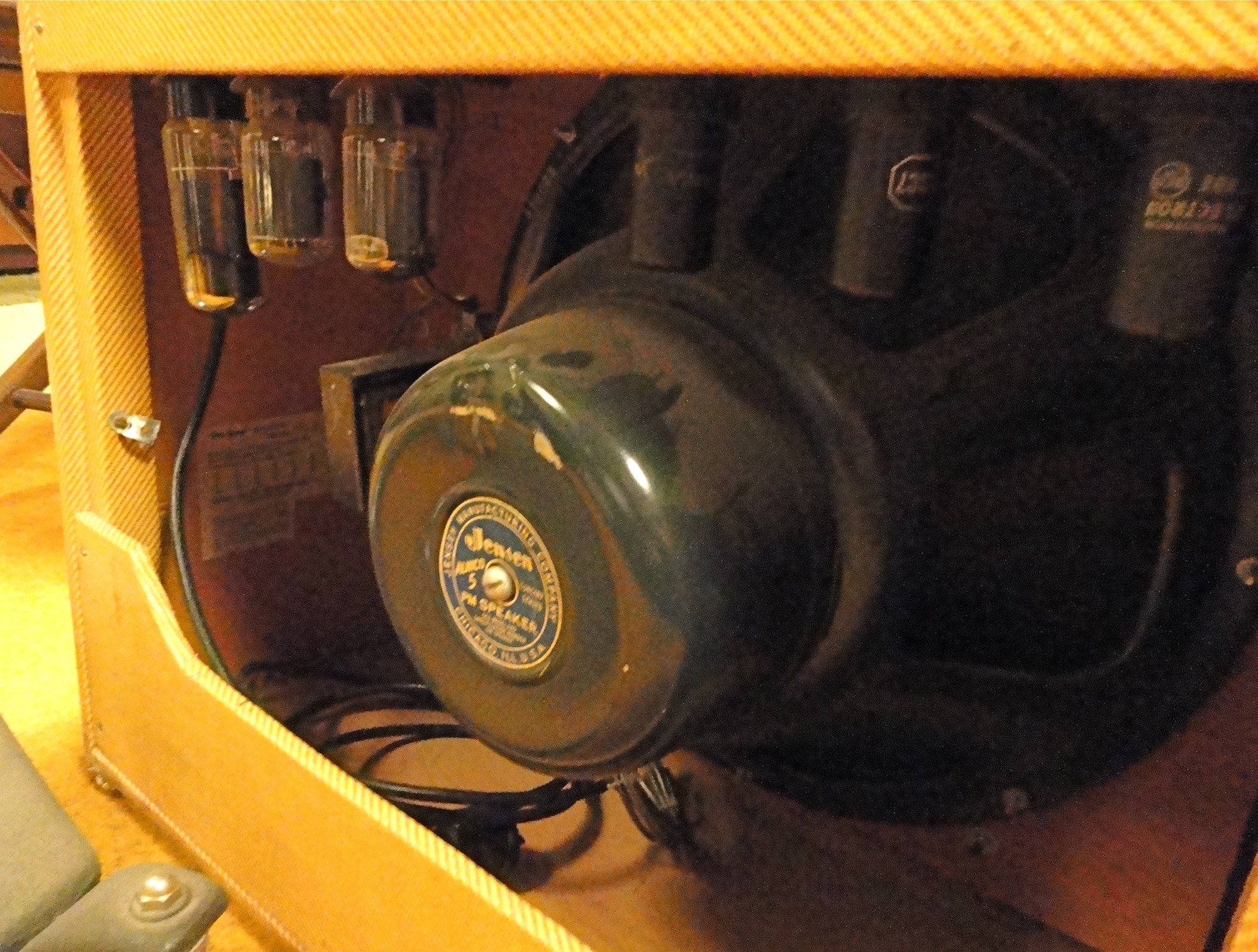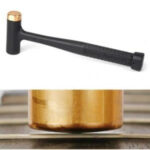Stepping into Norman Petty Studios in Clovis, New Mexico, is like traveling back in time to the golden age of rock and roll. For any guitar enthusiast with a passion for vintage sound and a love for the pioneers of rock music, this studio is a sacred site. My recent road trip across the Southwest led me to this legendary location, primarily because of its association with one of the most influential artists in music history: Buddy Holly. While Norman Petty’s name might not be instantly recognizable to everyone, the music created within these walls, especially by Buddy Holly, resonates deeply with anyone who appreciates authentic, groundbreaking rock and roll. The studio, now a museum meticulously curated by Kenneth and Shirley Broad, stands as a testament to a bygone era, and it’s Clovis’s main attraction for those seeking a genuine piece of music history. For someone like myself, drawn to the allure of vintage originality and the iconic sound of Fender tweed amps, a visit to this studio was an unmissable pilgrimage.

A Time Capsule of Sound: Norman Petty Studios
The Norman Petty Studios is more than just a museum; it’s a perfectly preserved slice of recording history. Walking through its doors is akin to stepping directly into the 1950s. The studio is filled with original equipment, from NOS recording consoles to acetate tapes holding unreleased Buddy Holly recordings. What makes this museum truly unique is its hands-on approach. Unlike many static displays, Norman Petty Studios allows visitors to interact with the instruments and equipment that shaped some of rock and roll’s most iconic sounds. This brings us to the heart of my visit: Buddy Holly’s Fender TV front Pro amp.
This amplifier isn’t just any piece of vintage gear; it’s the very amp that defined Buddy Holly’s guitar tone on almost every hit record he made. It accompanied him on tours, filling venues with its signature sound before larger stages demanded more powerful amplification. Knowing its history, I was captivated to find it standing proudly in the studio’s main room, seemingly ready for Buddy to return from a break and resume recording. The studio itself was already intoxicating – I had the chance to listen to an unreleased take of “Heartbeat” at the original recording console, played a few notes on the Celeste used in “Everyday,” and experienced the warm tones of the Hammond Solovox from the Fireball’s “Sugar Shack.” But the highlight was yet to come. Mustering my courage, I asked Kenneth if Buddy’s amp was still functional. Without hesitation, he offered me a Fender Stratocaster and invited me to plug in.

Discovering the Tone: Buddy Holly’s Fender Pro Amp
I’ve always admired Buddy Holly’s music and his distinctive Fender Stratocaster sound. However, it wasn’t until I plugged into his actual Fender Pro amp that I truly grasped the unique character of his rhythm guitar tone. The sound was instantly recognizable. No matter how I adjusted the volume or tone knobs (mindful of the vintage Jensen speaker and the studio environment, I refrained from pushing it to full volume), the amp delivered that sparkling, yet slightly gritty tone that is unmistakably Buddy Holly.
The magic of this amp lies in its components and design. The natural compression and ‘sag’ from the rectifier, combined with the warmth of USA-made 6L6 power tubes and the vintage alnico 15-inch Jensen speaker, create a Fender tone that is often overshadowed by smaller combo amps or later tweed and blackface models known for their higher headroom. This early Fender Pro, however, possesses a unique sonic signature, perfectly captured in Buddy Holly’s recordings. While owning an original TV front Fender Pro might be a dream for many due to their rarity and value, experiencing one firsthand reveals why these early Fender amps are so highly sought after by tone connoisseurs.



A Must-Visit for Music Lovers
Kenneth’s generosity extended beyond just letting me play the amp; he and Shirley spent nearly two hours giving our small group a detailed tour of the studio and the adjacent apartment, both preserved in their original 1950s style. This immersive experience is something I deeply appreciate. It’s rare to find a recording studio from the 1950s that is not only still standing but also houses such incredible gear and historical significance, all within such an accessible and welcoming environment.
If you ever find yourself in Clovis, New Mexico, I wholeheartedly recommend contacting the Chamber of Commerce to arrange a tour of Norman Petty Studios. It’s an unparalleled opportunity to connect with music history and experience the authentic sound of Buddy Holly’s guitar amp firsthand. This visit was more than just a tour; it was a journey into the heart of rock and roll’s formative years and a profound appreciation for the tools that shaped its sound.
This “Spotlight” installment hopefully offers a glimpse into a truly special place for guitar players and music enthusiasts alike.
-Mike Ball

